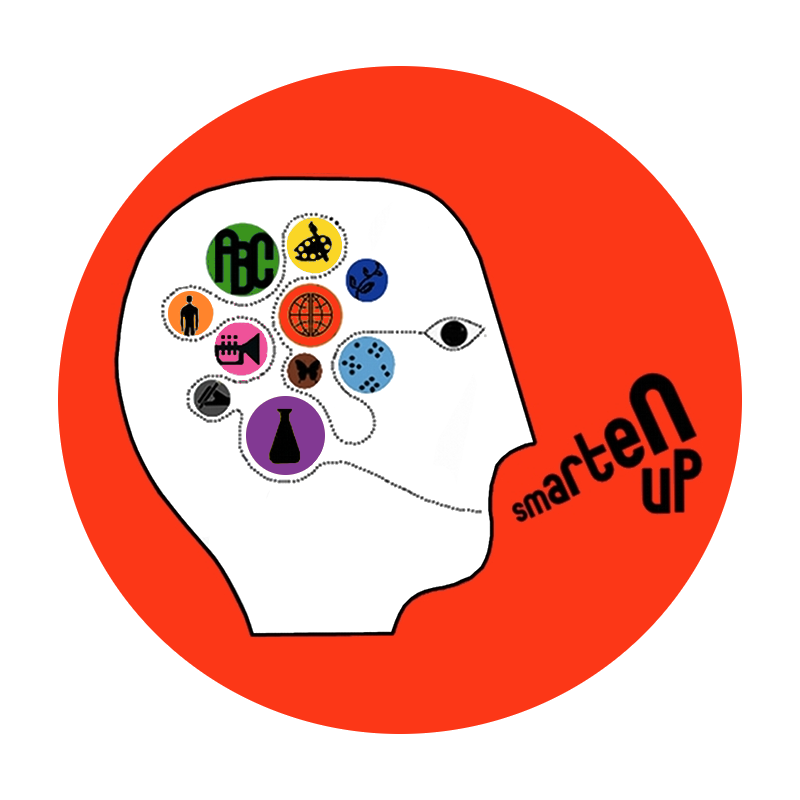While testing and finals are always stressful, and the Finals Stretch Article covers helpful study strategies to prepare for the big day, it is also valuable to discuss the importance of developing a more proactive approach to long term learning. If a student really engages with and understands material as it is presented, she won’t need to stress (or at least not stress as much) before finals as she will already have a firm grasp of important concepts and their related details. While we are all guilty of cramming at one point or another in our academic careers, the short term gains of memorization for a big test cannot compare with the confidence and knowledge earned from steady, active engagement. With that in mind, here are a few small learning habits that will lead to big learning gains.
Note taking
Both in class or at home, taking well organized notes offers endless benefits. Whether a student chooses to create an outline, take two-column or Cornell notes, or create a graphical representation of big ideas and their related details, the key to a useful set of notes is structure. They must clearly represent the hierarchy of details for a given topic - big ideas and their related details, key words or figures and their meaning and importance. In addition, notes shouldn’t be overly wordy; students should learn to use symbols and abbreviations, and write in phrases as opposed to complete sentences. Not only will this help students engage more deeply with the material as they are listening and reading, a good set of notes will also serve as an excellent study guide as well. They should be reviewed regularly and utilized as a central part of the test preparation process.
Annotation
Active reading was the theme of last month’s posts for a reason! Just like note taking, annotations promote multi-sensory engagement and help students create a road map of sorts to navigate a text and their thoughts about it more easily. A test on an unmarked book can feel impossible to prepare for, and finding information to add to a study guide from a noteless textbook often requires extensive rereading; however, a well annotated text solves both of those problems, plus the material it contains will be better understood thanks to an efficient and effective initial read.
Mixed review
Most students have to take both formative and summative assessments; while the former are more like quizzes or unit tests, the latter come at the end of a semester or year and assess a student’s mastery of all material covered in the class. It is also worth noting that even formative assessments take on summative characteristics as topics covered in previous units are considered to be learned material and thus fair game to include on a quiz or test. When it comes to knowledge, especially with things like formulas or vocabulary, “use it or lose it” could not ring more true. That is why students either need to either be sure to generalize and apply their knowledge (think: using new vocabulary in writing, actively making connections between learned concepts and new material), or actively review their notes and/or study materials on a regular basis. Consistently finding just a little bit of time to engage with material this way will make a summative exam so much less intimidating.





